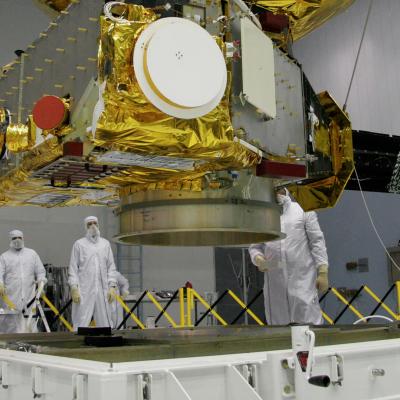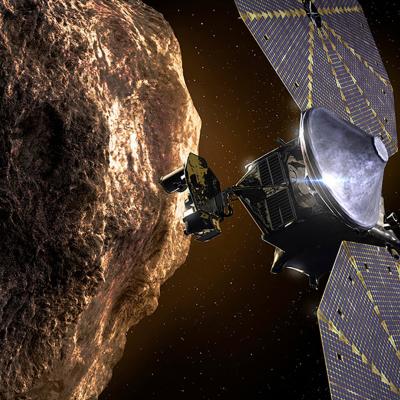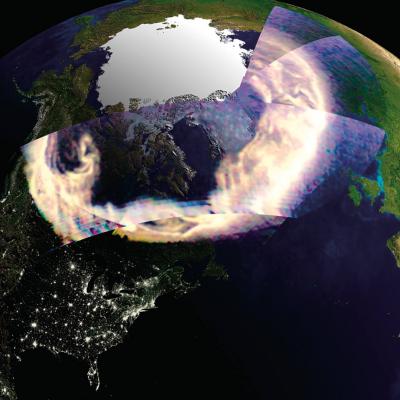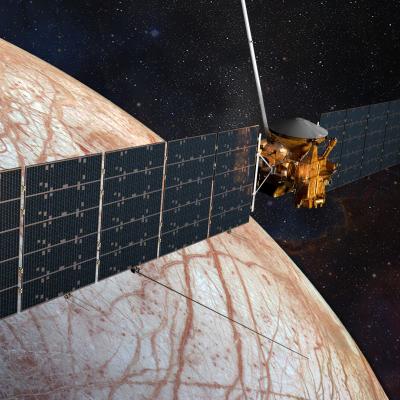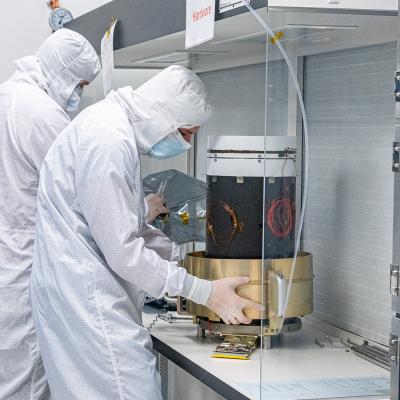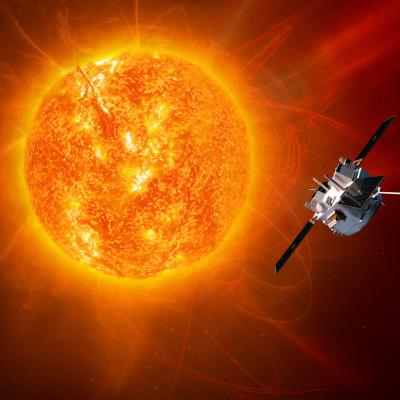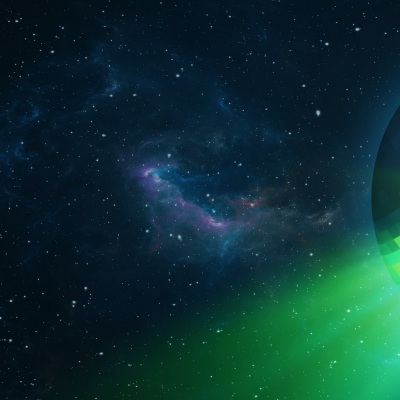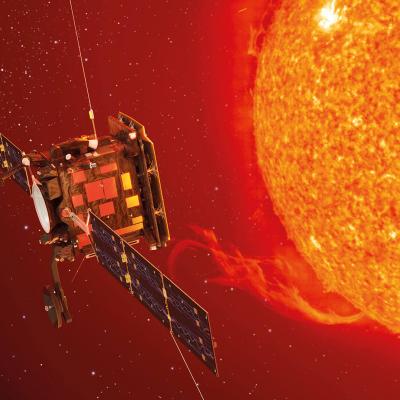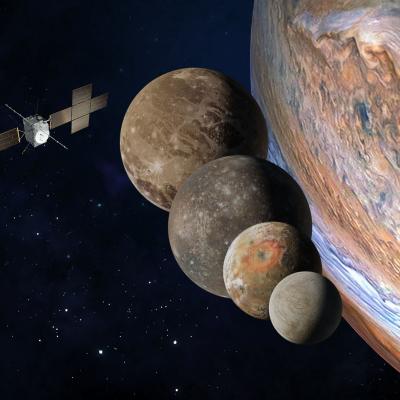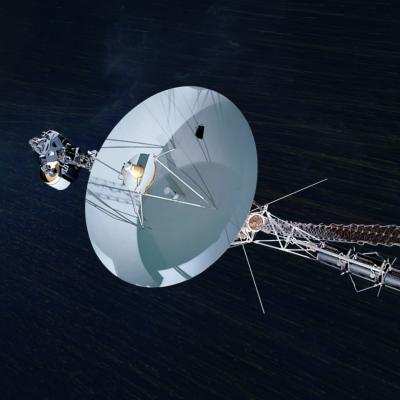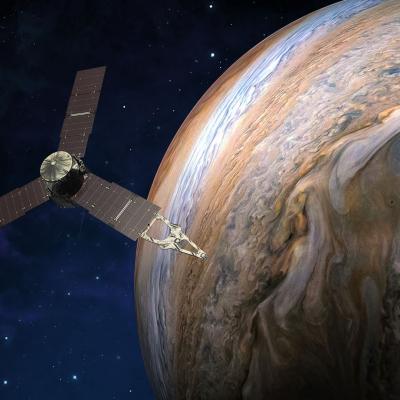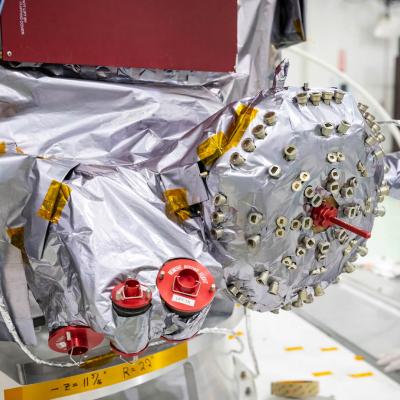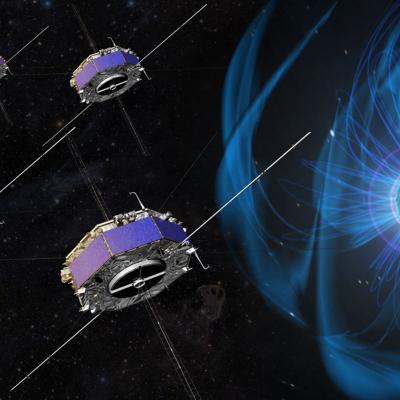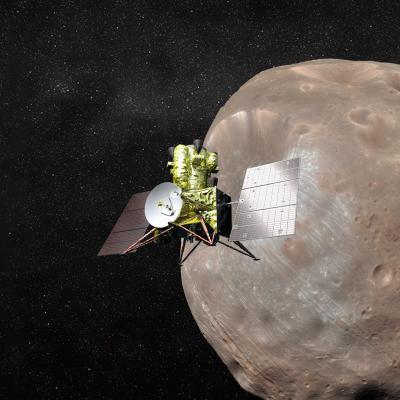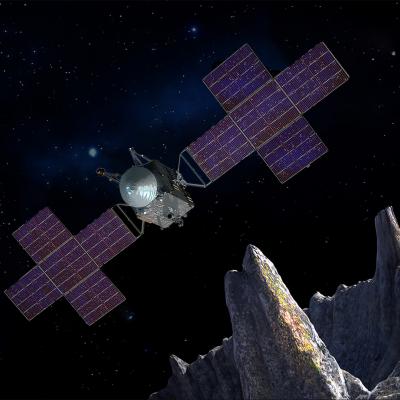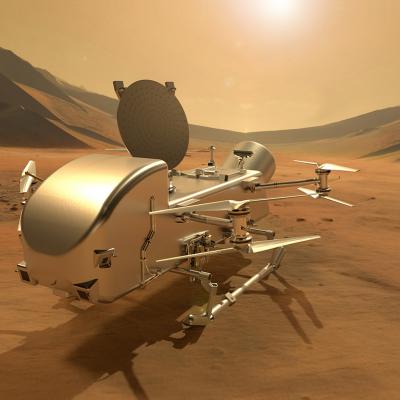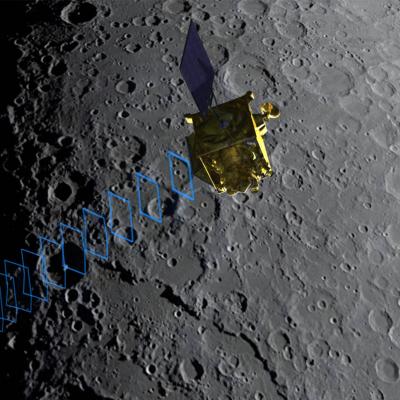Innovative Instrumentation
APL’s long heritage of space technology innovation reaches back six decades, and includes building more than 300 specialized instruments. APL instruments have provided the first images of Saturn’s magnetic field; contributed to the discovery of ancient water across Mars, delivered the first close-up views of Pluto and its moons; and helped determine when humankind – through Voyager 1 – left the solar system for the first time.
Optical Instruments
APL optical instruments range from telescopic cameras that deliver high-resolution images of worlds across the solar system, to imaging spectrometers that can “read” hundreds of colors in reflected sunlight to detect the mineral makeup of a planet’s surface.
LORRI
Mission
Destinations
L'LORRI
Mission
Destinations
GUVI
Mission
Destinations
MISE
Mission
Destinations
EIS
Mission
Destinations
DRACO
Mission
Destinations
CRISM
Mission
Destinations
Particle Instruments
APL develops devices – like highly sensitive mass spectrometers – that can determine a charged particle’s elemental composition by measuring how long it takes the particle to fly through the instrument.
ULEIS
Mission
Destinations
IMAP-Ultra
Mission
Destinations
SIS
Mission
Destinations
PEPSSI
Mission
Destinations
PIMS
Mission
Destinations
JoEE/JENI
Mission
Destinations
LECP
Mission
Destinations
JEDI
Mission
Destinations
EPI-Lo
Mission
Destinations
EPD-EIS
Mission
Destinations
EPAM
Mission
Destinations
Gamma-Ray and Neutron Instruments
Gamma-ray spectroscopy can infer composition tens of inches beneath a planetary body, either remotely from orbit or while sitting directly on the surface, and quantify the elements present throughout that depth.
MEGANE
Mission
Destinations
Psyche GRNS
Mission
Destinations
DraGNS
Mission
Destinations
Other Instruments
APL develops radar and other sensors to map surfaces and assess conditions on and above our Moon and other worlds.



